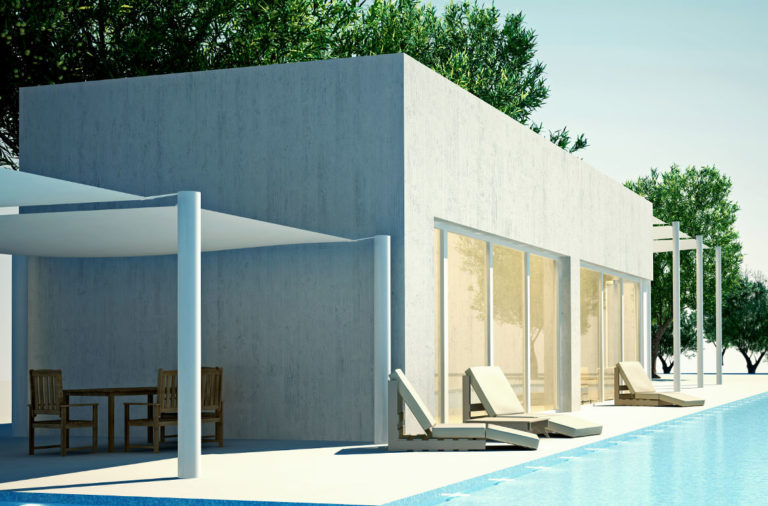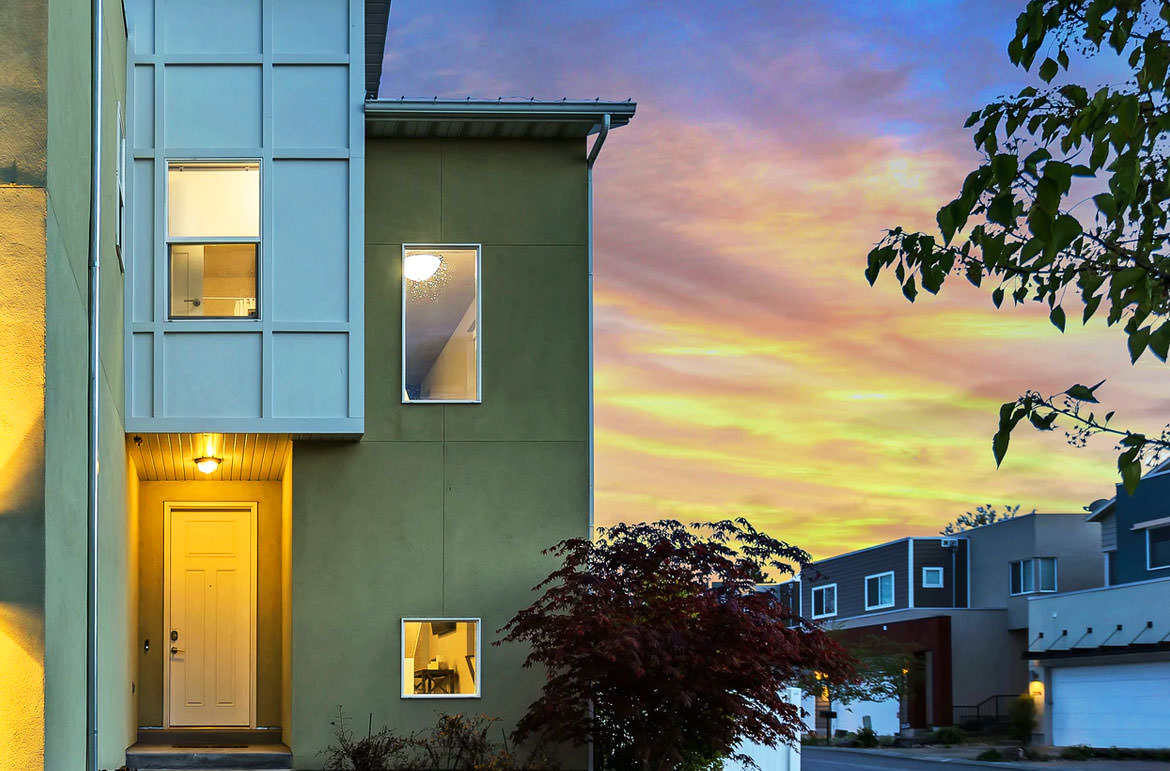
If you are lacking space in your block, you may be looking to build upwards. So, are you allowed to build a granny flat on top of your house?
Yes, the AHSEPP states that you are allowed granny flat on top of your primary home, and Councils’ cannot tell you otherwise. However there are some strict stipulations.
It may cost you more than a traditional granny flat, and the regulations may be stricter.
DON'T PAY A FORTUNE FOR YOUR GRANNY FLAT. Find out how to deal with council and build a granny flat for the lowest cost possible. Learn More.
But read on for ideas on how to build a granny flat on top of your house.
Do You Need a Designer and An Engineer?
Simple answer – yes.
A granny flat above the home will require significantly more structural and foundation work than a traditional granny flat, simply so it can support the additional weight of the second-storey.
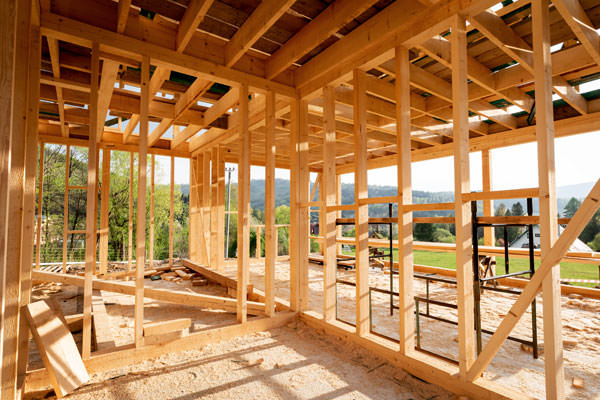
Further support will be required. Determined by an engineer
Most of the time, further installations must be added, including:
- More steel or timber beams. These are called ‘sub-structure’, and will help hold-up the weight of the granny flat above.
- Strengthening the foundation on which the granny flat is to be built by underpinning it (that is, supporting it from underneath by laying a solid concrete slab from under the level of the ground).
Exactly what you need for your sub-structure and foundation will have to be designed properly and engineered by a certified engineer.
You will then need an architect or drafter to work with your engineer, and draw you construction ready plans that will be approved by Council.
What Will the Council Ask of You to Do This?
Building on the roof of a house does not meet the guidelines for approval through Complying Development (CDC).
Standards for Complying Development include:
- Development Requirements – Your granny flat CANNOT make any changes to the exterior of the main home EXCEPT for an additional door for entry/exit.
So, any variations from this requirement can only be approved through submitting a Development Application (DA).
To gain approval through the DA, the standards to meet are:
- The granny flat cannot exceed 8.5m high – measured from ground level to the highest point of the ceiling. Though, you must know that, as your home gets higher than 3.8m, the greater your setbacks grow in length, as to compensate for its’ height.
Generally, the regulations are as follows:
- Rear Setbacks – You must TRIPLE any height that exceeds 3.8m, then add this to the 3m that is already relevant.
- (For example, if your building height measures at 6.5m, your Rear Setback will be 2.7m x 3 = 8.1m + 3m = 11.1m).
- Side Setbacks – You must DIVIDE BY FOUR any height that exceeds 3.8m, then add this to the 0.9m that is already relevant.
- (For example, if your building height measures at 6.5m, your Side Setback will be 6.5m/4 = 1.625m + 0.9m = 2.525m).
What Are the Costs to Build a Granny Flat on Top of Your House
It costs roughly (at least) $100,000+ for a custom-built granny flat. For the price of a granny flat on top of your house, expect to pay approximately 80% more than that. So, if you use a building company, you could be looking at paying at least $180 000.
You can see how much it cost me to build my granny flat from scratch.
Where do these extra costs come from? Well, as mentioned above, the granny flat needs:
- A lot more work done to the structure and foundation, so it has the ability to hold a second-storey, which requires far more time spent designing.
An example of the longer, more complex process that may be required can be seen in this 2-storey design by Backyard Grannys, where they used waffle pods to make the slab strong enough.
Best Way to Gain Access to the Granny Flat
A granny flat on top of your home will require access via a staircase. If you have the room, this staircase can be on the exterior of the house, on an external area such as a verandah or in a garage.
This way, your tenants’ do not have to enter your main home. This allows more privacy for all of the occupants. It will pass the standards for a Development Application (DA), as neither of these take away from the maximum living area you are allowed.
You will also be able to use a traditional staircase – either a straight set of stairs, or an L-shaped design (depending on the shape and size of your house and granny flat).
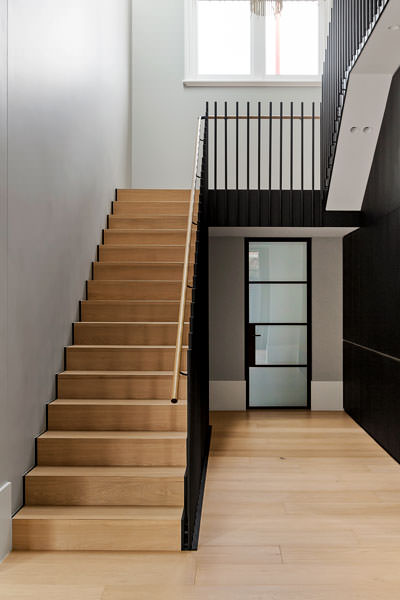
There are a few options on where to place the stairs.
These have many benefits, such as:
- Ease – They are generally simple to both build, and climb up or down.
- Simplicity & Flexibility – They tend to work well on the exterior of homes, as they are straightforward in essence, but aesthetically appealing.
- Noise Barrier – They may also, at least slightly, aid with stopping noise transmitting between the two floors.
You are also able to change the materials they are built out of, and how thick the steps are, to allow for a better look at the home behind.
Take time to add these to your design, perhaps even asking the assistance of a designer, as they are an important component, both for the safety and privacy of you and your tenants’.
Ideas to Keep Noise at Bay from the New Granny Flat
Having tenants live in the granny flat above upstairs can be tricky for all of you. The noise downstairs can travel up, and the noise upstairs can travel down.
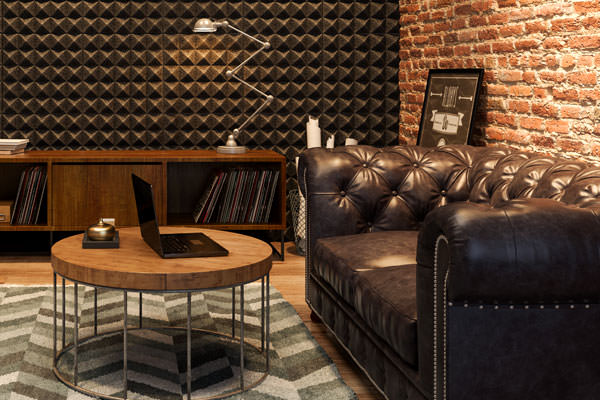
This picture shows multiple surfaces to reduce sound. From the walls to the floor
Heavy footsteps, a loud television or music, people visiting and slamming doors or talking loudly, and more, can all be heard. Below are some great options for sound-proofing and improving the feelings of privacy, essentially creating a dividing line for the occupants in the main home and those in the granny flat.
Insulation
Insulation has many great purposes – and one of them is that it is an acoustic barrier.
Using acoustic batt insulation between both the walls and the floors can:
- Reduce the noise, and
- Minimise the sound vibrations by as much as 75%.
Carpet
Many people will not purchase carpet, due to its’ expense. But thick carpets are great at insulating your floors.
For the best results, think about purchasing thick carpet that covers the entire floor, reaching up against the wall.
Floor Rug
That being said, if you do not like carpet, or are trying to watch the money you spend, you can always invest in a floor rug.
Rugs come in all sorts of colours, shapes, and sizes, and are generally thick, so provide some level of insulation on the part of the floor that you place them on, blocking echoes.
Or you can even put them on top of your carpet for an extra layer of sound-proofing.
Puzzle Exercise Mat with Eva Foam Interlocking Tiles
Puzzle mats are heavy-duty, thin, slip-resistant tiles that can easily be connected and disconnected. They are normally found in a:
- Childs’ classroom.
- Playground.
- Gym, or
- Garage.
This is as they are great at soundproofing loud areas.
Their other benefits are that they:
- Are water-resistant.
- Can be cleaned quickly and easily, and
- Protect your floor.
You can view a puzzle mat at Amazon, but they also come in different shapes and colours.
Mass Loaded Vinyl (MLV)
Vinyl mats are a highly successful noise barrier.
To effectively sound-proof your floor, add MLV under your carpet or floor rug for reinforcement.
Do this by:
- Determining the precise part of the floor where the most sound gets through.
- Measuring this area
- Getting a vinyl mat, placing it on the floor, and then putting the carpet or floor rug back over the top of it.
This way, the MLV will take in most of the sounds, before they get to the carpet or rug. By the time they come out of the floor, there will not be much left that you will hear.
Vinyl mats can also be used on the walls, ceiling, windows and doors if you need to soundproof these areas.
Soundproof Your Windows and Doors
To put it simply, noise is like water, so any opening it sees, it will move through. It can easily be transported by air, entering the openings in your windows and doors.
To obstruct these sounds, you must seal all gaps and cracks in your windows and door/s. This Weather Stripping Door Kit is a soundproofing kit that has everything you need rolled into one.
You can use it to seal everything as necessary, and it does a great job at voiding all outside noise from coming in. The same kit can be used to seal the gaps in your windows, or if you want a transparent look, these are great as well.
Soundproof Wallpaper
Yes, that is a thing. Not only does it minimise the level of noise in your home, it is also aesthetically appealing. There are many to choose from – view the range available at DH Gate.
Soundproof Paint
Judgement on this is varied. I found this great article which explains what to expect.
Conclusion
You can build a granny flat on top of your home – it’s a great option if you have a smaller block.
It just may take longer and cost more, as you must be approved through submitting a DA – you won’t meet the standards for approval through CDC.



